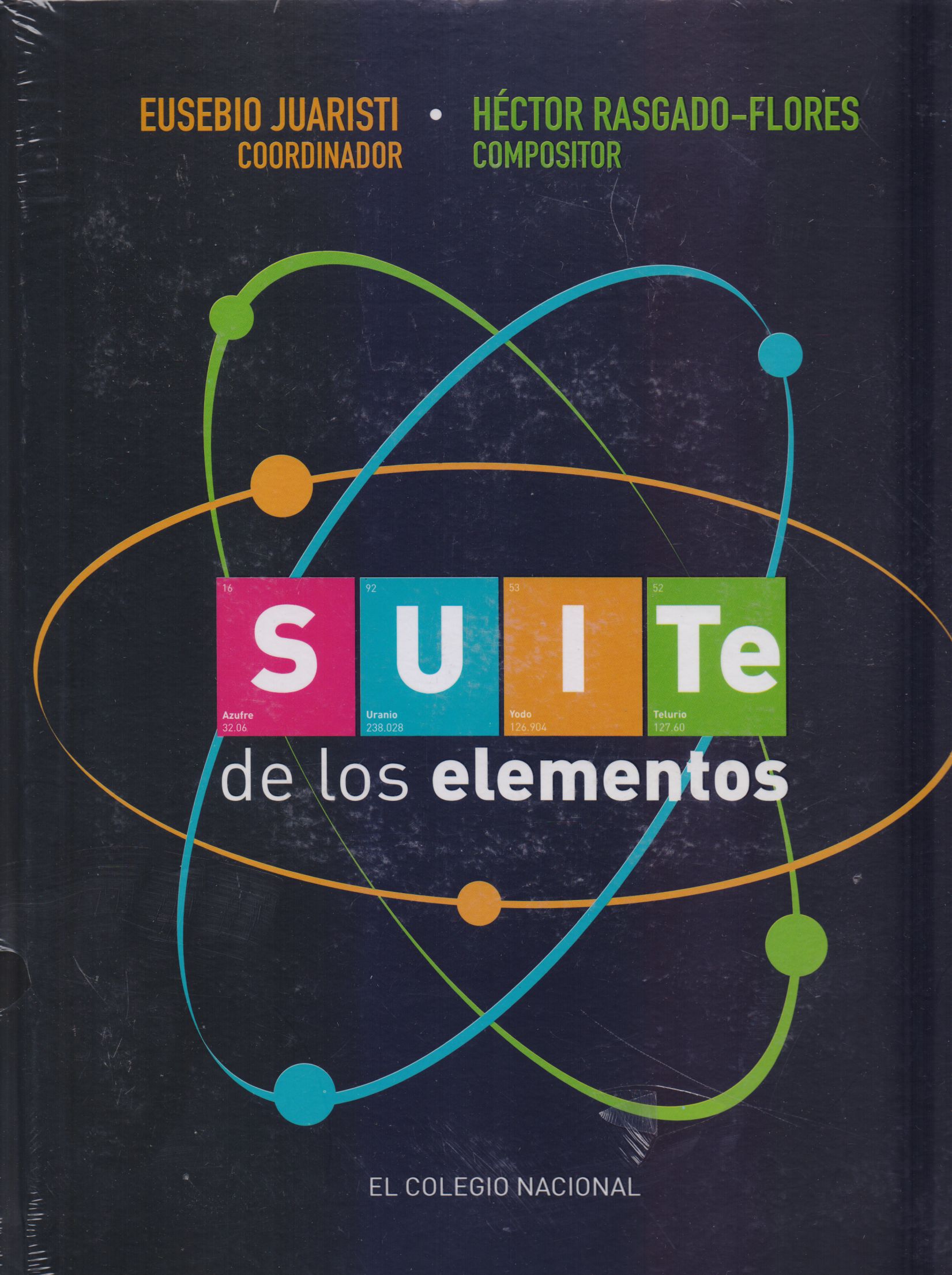Libros relacionados
 |
Génesis de la Desorientación Moderna: una Aproximacióm a la Relación Histórica E Talancón E. , José Luis Universidad Nacional Autonoma de Mexico |
 |
<<planos Geognósticos de los Alpes, la Suiza y el Tirol>> Los: de Carlos de Gimb Parra del Río, María Dolores Doce Calles |
 |
Biology: How Life Works Morris, James / Hartl, Daniel / Knoll, Andrew / Lue, Robert Macmillan Press Ltd |
 |
Plant Systematics. A Phylogenetic Approach Judd, Walter / Campbell, Christopher / Kellog, Elizabeth / S Sinauer |


|
Título: Compleat Cladist; a Primer Of Phylogenetic Procedures | |
| Autor: Wiley, E. O | Precio: $320.00 | |
| Editorial: General Books | Año: 2010 | |
| Tema: Ciencia, Biologia, Analisis | Edición: 1ª | |
| Sinopsis | ISBN: 9781153461092 | |
| The workbook is arranged in a manner roughly functional and pedagogical. Our answer, perhaps constrained by our own histories, is that this approach seems to help at least some students learn phylogenetics. Because we can only touch on the most basic topics and provide exercises for only a few of these, we invite the student to explore the original literature; we have cited sources in the body of the text and called attention to some papers in the Chapter Notes and References sections at the end of each chapter. The absence of a paper in the text or in the Notes section is no reflection on the worth of the paper. A compilation of all of the useful papers relating to phylogenetics is quite beyond the scope of this workbook. In addidon to the exercises, we have provided immediate feedback sections termed Quick Quizzes. We are interested in reader opinion regarding both the exercises and the quick quizzes. We will incorporate suggestions, wherever possible, in subsequent editions. The major title. The Compleat Cladist. is inspired by the title The Compleat Angler by Izaak Walton, a marvelous book published in many editions since 1653. Of course, this book is not complete or even compleat in the archaic sense of representing a book that teaches complete mastery of a subject. Phylogenetics is much too dynamic for a small workbook to fulfill that criterion. Rather, we take our inspiration from Walton; the compleat cladist is one who approaches the subject with energy, wonder, and joy. Unfortunately, none of us are clever enough to come up with an analogy to the Anglers Song. We thank the following people for their valuable comments on part or all of the earlier drafts of this workbook: the students of Biology 864 and Mike Bamshad (University of Kansas), John Hayden (University of Richmond), Debbie Mclennan (University of Toronto), David Swofford (Illinois Natural History Survey), Charlotte Taylor, Richard Thomas, and Rafael Joglar (University of Puerto Rico), Wayne Maddison (Harvard University), and Arnold Kluge (University of Michigan).... | ||
Librería Bonilla SA de CV © Todos los derechos reservados. 2019
Última actualización: Jul 2019







